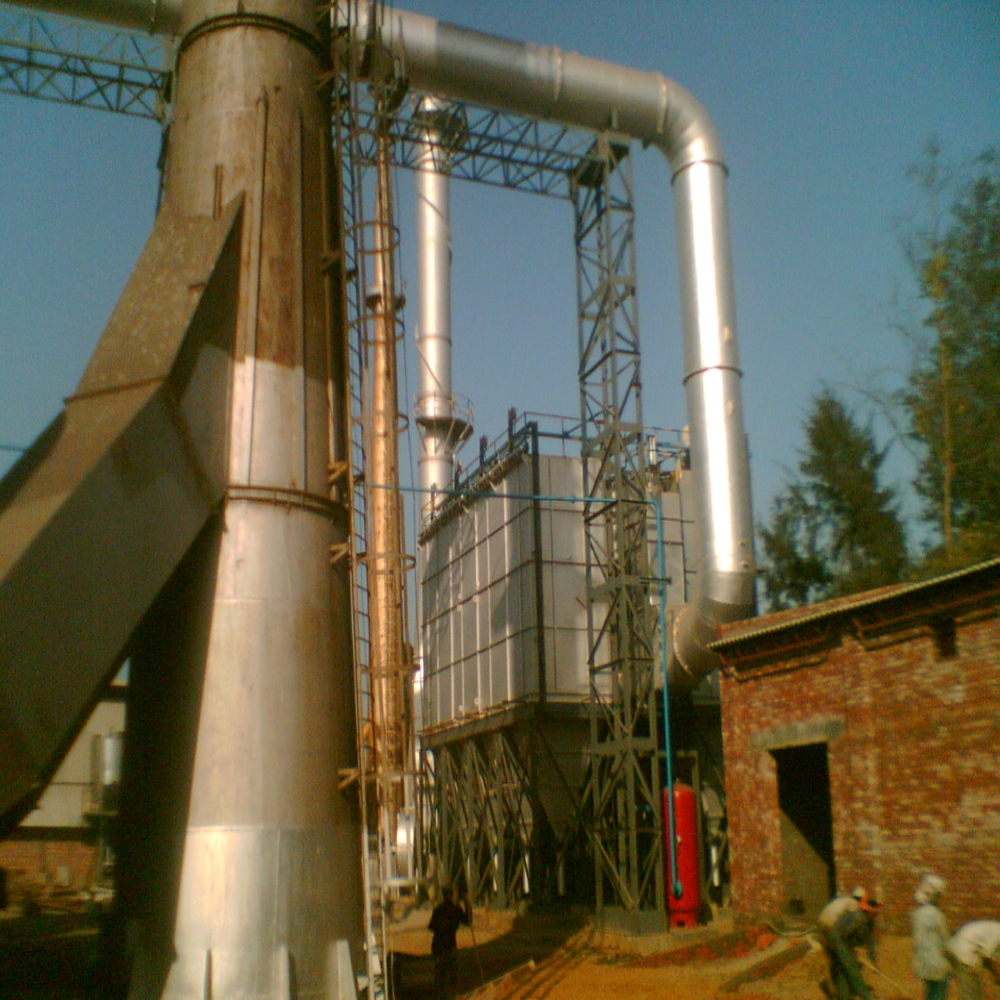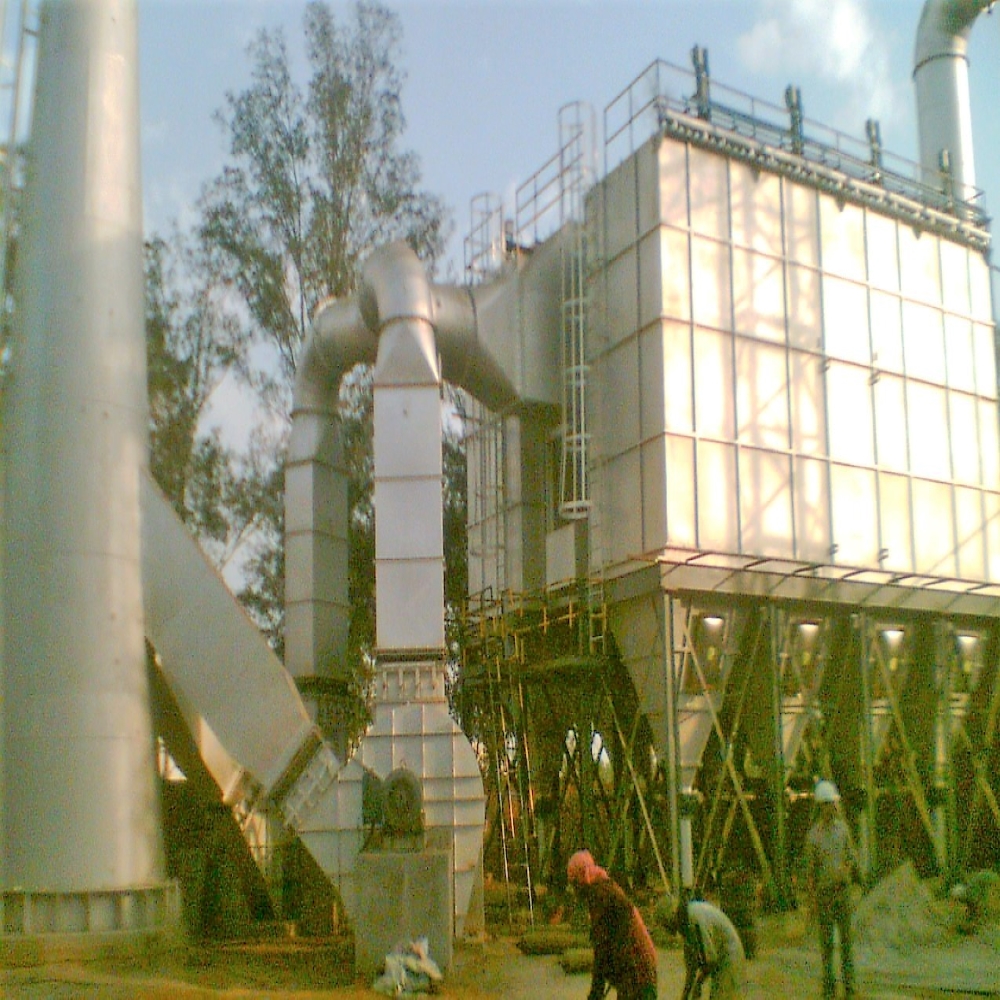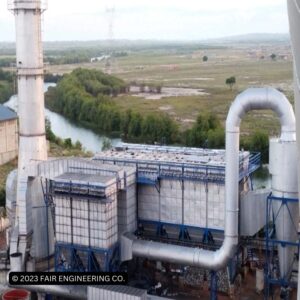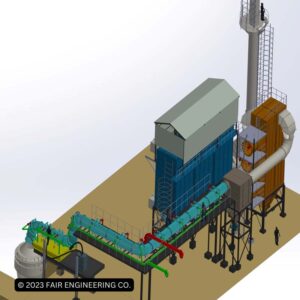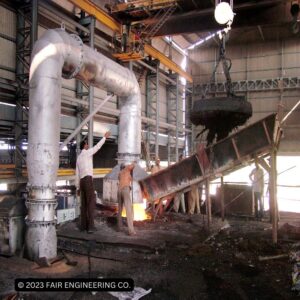One major challenge that steel plants face is the capture and management of fumes produced during the refining process. Liquid refining furnace (LRF) fume capture systems are an important part of the overall safety and management of steel production. LRF fume capture systems are designed to capture the fumes generated during the liquid refining process. The fumes are typically generated as a by product of the extremely high temperatures used to refine the steel.
Description
One major challenge that steel plants face is the capture and management of fumes produced during the refining process. Liquid refining furnace (LRF) fume capture systems are an important part of the overall safety and management of steel production.
LRF fume capture systems are designed to capture the fumes generated during the liquid refining process. The fumes are typically generated as a by product of the extremely high temperatures used to refine the steel. The fumes contain hazardous particles and volatile organic compounds (VOCs) that can be dangerous to workers and the environment. The LRF fume capture system captures these fumes and prevents them from entering the air.
The LRF fume capture system typically consists of a series of hoods fitted around the LRF fume escape point that collect the particles and VOCs. The hoods are connected to axial fans that then pushes the fumes into the water-cooled ducting system. From there, the fumes are carried towards a filtration system which is cleansed and released back into the atmosphere. The system is designed to be automated, meaning that the operator does not have to continually monitor the system.
Fair Engineering Co. (FEC’s) designed LRF-FES system which is useful to capture high temperature fumes emanating from LRF which are sucked from the furnace. Water-cooled ducting is provided to convey the fumes. The water-cooled ducting can be of double walled or tubular. The tubular ducting will have longer life as proper water conveying velocities can be maintained as there will be no short circuiting of water unlike in the double walled water-cooled ducts. It is necessary to have treated cooling water circulation in water-cooled circuit. The water must be treated for TSS, TDS and hardness etc.
During extracting of the fumes, it contains very high temperature which needs to be cooled down. The dust concentration in the fume is in the order of 2 to 3g/Nm3. The initial fumes coming out from the AOD will be cooled down by water cooled ducting, later it will be cooled down by Forced Draft Cooler (FDC) to suit the temperature for filter bags and protect them from burning. Once the desired temperature reduction is achieved, the fumes will be directed towards bag filter and then fumes will get filtered up to concentration level of less than 50mg/Nm3.
Finally, proper maintenance of the air pollution control system is essential for ensuring the system is working properly and providing adequate air pollution control. This includes regular cleaning of the system components, regular testing, and replacement of worn parts, as well as scheduled maintenance of all components.
Overall, the use of LRF fume capture systems is essential for safe and efficient steel production. The filters capture potentially harmful fumes and prevent them from entering the air, while also helping to reduce emissions and increase the efficiency of the refining process. With the proper use of LRF fume capture systems, steel plants can ensure that the steel produced is of the highest quality and safe for use.


